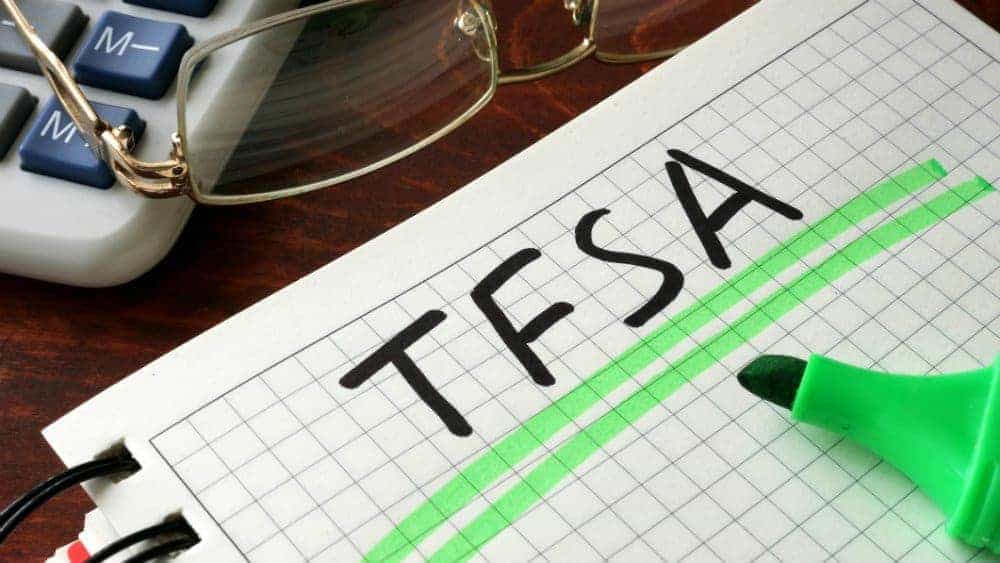Are you considering investing and searching for the top stocks to buy? Before doing so, you should know that whatever money you earn from investing entails a tax. You get a T5 slip which gives you a summary of your investment income. The Canada Revenue Agency (CRA) encourages Canadians to save money by offering many registered savings accounts with tax benefits. Two popular accounts are Tax-Free Savings Accounts (TFSAs) and Registered Retirement Savings Plans (RRSPs).
TFSA versus RRSP
The purpose of TFSA and RRSP is different, and the CRA designed them accordingly. If you use them optimally, you can make the most of them.
The TFSA, as the name suggests, encourages a savings culture. Hence, it levies a tax on your contribution but allows your investment to grow tax-free. Moreover, you can withdraw partial or complete amounts anytime without adding them to your taxable income.
As there is a tax benefit involved, there is a cap on how much you can invest. For 2021, the contribution limit is $6,000, which you can carry forward next year. If you were over 18 years of age in 2009, when the TFSA started, you can invest a lump sum of $75,500, the accumulated contribution of all these years.
The RRSP is the exact opposite of the TFSA. The RRSP promotes retirement savings, which require you to stay invested till you retire. For that, the CRA deducts the RRSP contribution from your taxable income but adds the withdrawals to your taxable income. And if you withdraw before age 71, it deducts an additional withholding tax of 10%-30%.
Similar to the TFSA, the RRSP also has a contribution limit, which is 18% of your income or a maximum amount the CRA decides. For 2020, the maximum amount is $27,230, which you can carry forward next year.
In both the accounts, over contribution brings a 1% tax. The TFSA and RRSP combined allow you to invest $33,000/year in a tax-efficient manner. You can also check out other registered accounts for more tax-efficient investing.
Maximize returns and tax savings using the TFSA and RRSP
Now that you understand the mechanics of the TFSA and the RRSP, you can maximize your returns and minimize your tax bill. You should look at three aspects when choosing the savings account:
- Will the security you are investing in yield high returns?
- What is your tax bill for the year?
- How much can you save for the long term?
The TFSA investing strategy
Use the TFSA to invest in high-growth and high-dividend stocks, which can grow your money multiple folds in few years. This is because your investment income will be higher than your contribution, and the TFSA will exclude the investment earnings from your taxable income. TFSA is popular among households with after‑tax income under $80,000, according to the 2016 Census.
The iShares S&P/TSX Capped Information Technology Index ETF (TSX:XIT) is a good choice for the TFSA. The ETF has surged 267% in the last five years, converting $10,000 into $36,700. It gives you exposure to the top tech stocks trading on the Toronto Stock Exchange. This 267% growth is when the sector was at a nascent stage. It has now entered the growth stage, and the cloud, 5G, and artificial intelligence revolution will drive the wave. The ETF has holdings in some top stocks like Shopify and BlackBerry, which even tops the Motley Fool Canada recommendations.
The RRSP investing strategy
While high growth stocks are good, they come with high risk, so balance your portfolio with some resilient stocks with stable returns using RRSP. Choose this account when the tax-saving trade-off is worth it.
If your taxable income is $105,000, around $8,000 of your income falls under the 26% tax bracket. But if you put this $8,000 in RRSP, you will save over $2,062 in the federal tax bill. Now that is a good trade-off. You can invest this amount in Canadian Utilities and earn $440 in annual dividend, bringing your total savings for the year to $2,500.
Optimize the benefits of the TFSA and the RRSP and plan your investments in a tax-efficient manner.









